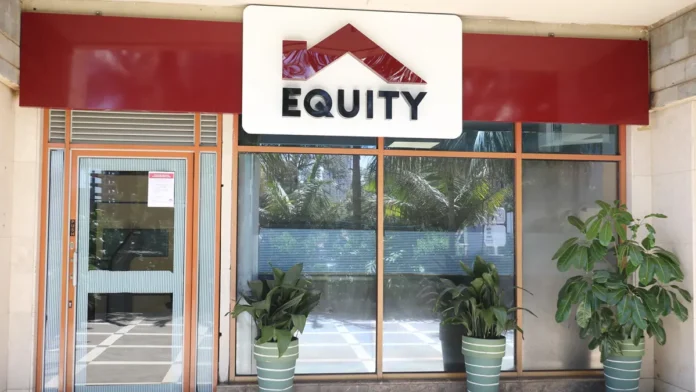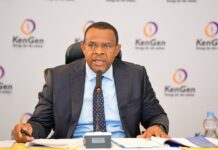Equity Group posted Sh14.8 billion net profit for the first quarter ended March 2025, marking a 3.86 percent decline on the back of falling non-interest income.
The net earnings retreated from Sh15.39 billion posted in the preceding similar quarter and came in the period net profit from subsidiaries in Rwanda, Uganda, South Sudan and Democratic Republic of Congo posted reduced earnings.
The group’s non-interest income fell by 11.8 percent to Sh19.61 billion even as net interest income rose by 2.6 percent to Sh28.57 billion.
Equity Bank Kenya, the group’s largest subsidiary, posted a 55 percent rise in net profit to Sh8.53 billion from Sh5.5 billion, softening the decline in the group’s bottom-line.
The heavy-lifting by the Kenyan unit marked a reversal of the trend in the past two years where the units outside Kenya have been driving the performance.
“We are excited that Kenya is back on track and investors will be as happy as we will be by the end of the year,” said James Mwangi, Equity Group chief executive.
Equity’s decline came in the period the likes of KCB Group, Cooperative Bank of Kenya and Absa Bank Kenya posted flat or modest growth in their bottom-line as others like Standard chartered Bank Kenya and Stanbic Bank returned a drop in earnings.
Mr Mwangi added that part of the driver in the profit decline was a Sh3 billion hyperinflation accounting in the South Sudan subsidiary as well as movements in the exchange rate.
Mr Mwangi said quarter-on-quarter net earnings under constant currency reflected a three percent rise in profits. The slowed growth in the net-interest income was on the back of declining interest rates.
Operating expenses reduced to Sh29.49 billion from Sh29.67 billion during the review period, helped by near halving of the provisions for loan defaults to Sh3.37 billion from Sh6.06 billion.
The reduced provisioning was despite gross non-performing loans (NPLs) rising to Sh132.78 billion from Sh120.41 billion and the NPL ratio hitting 14 percent from 13.2 percent.
In Kenya, the NPL ratio rose to 19 percent from 15 percent, making it the unit with the highest portion of non-performing loans. Mr Mwangi linked this to corporate clients, saying that the lender was pursuing some of the key names through a legal process.



















